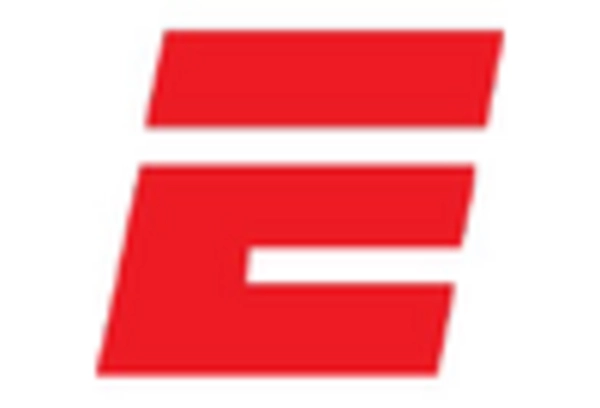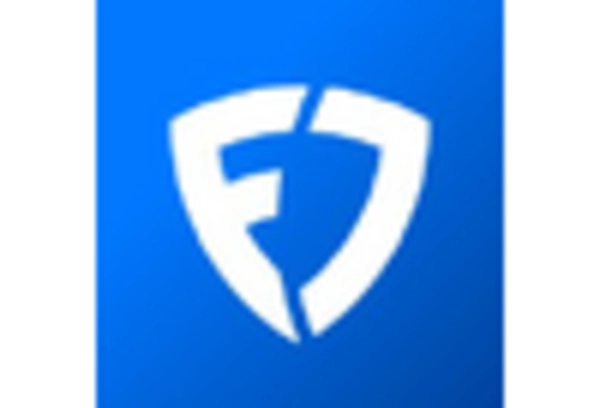Social Media Influence
The role of social media in promoting the fantasy sports market cannot be overstated. Platforms such as Twitter, Facebook, and Instagram serve as vital channels for engagement and community building among fantasy sports enthusiasts. In 2025, it is estimated that over 70% of fantasy sports players actively participate in online discussions and follow relevant content on social media. This trend not only enhances user engagement but also facilitates the sharing of strategies, tips, and insights, which can influence player performance and team selection. The interconnectedness fostered by social media platforms contributes to the overall growth of the fantasy sports market, as it encourages new users to join and participate in leagues.
Regulatory Developments
The evolving regulatory landscape surrounding sports betting and fantasy sports has a profound impact on the fantasy sports market. As states continue to legalize and regulate sports betting, the lines between traditional betting and fantasy sports may blur. This regulatory shift could lead to increased participation and investment in the fantasy sports market, as more individuals feel comfortable engaging in these activities. In 2025, approximately 30 states have enacted legislation that supports fantasy sports operations, creating a more favorable environment for growth. However, the industry must navigate compliance challenges and ensure responsible gaming practices to maintain its integrity and appeal to a wider audience.
Technological Advancements
The rapid evolution of technology plays a pivotal role in shaping the fantasy sports market. Innovations in mobile applications, artificial intelligence, and data analytics enhance user experience and engagement. As of 2025, approximately 60% of fantasy sports participants utilize mobile platforms, indicating a shift towards on-the-go accessibility. Furthermore, advancements in real-time data processing allow for more accurate player statistics and performance tracking, which are crucial for informed decision-making. This technological progress not only attracts new users but also retains existing ones, thereby driving growth in the fantasy sports market. The integration of augmented reality (AR) and virtual reality (VR) could further revolutionize the industry, offering immersive experiences that may appeal to a broader audience.
Growing Popularity of Esports
The rise of esports has introduced a new dimension to the fantasy sports market. As competitive gaming gains traction, fantasy leagues centered around esports are emerging, attracting a diverse demographic of players. This trend appears to be particularly appealing to younger audiences, who are increasingly engaged in both traditional sports and esports. In 2025, the fantasy sports market is projected to see a 15% increase in participation from esports-related leagues. The convergence of traditional sports and esports creates opportunities for cross-promotion and collaboration, potentially expanding the market's reach and enhancing its overall appeal. This diversification may lead to innovative formats and experiences that cater to a broader audience.
Increased Investment in Sports
The influx of investment in sports leagues and franchises significantly impacts the fantasy sports market. Major leagues, such as the NFL and NBA, have seen substantial financial backing, which enhances their visibility and popularity. This increased investment translates into higher-quality broadcasts, marketing campaigns, and fan engagement initiatives. As a result, the fantasy sports market benefits from a larger pool of potential participants. In 2025, the market is projected to reach a valuation of $8 billion, driven by the growing interest in sports and the desire for interactive experiences. The synergy between traditional sports and fantasy sports creates a robust ecosystem that fosters growth and innovation within the industry.

















Leave a Comment